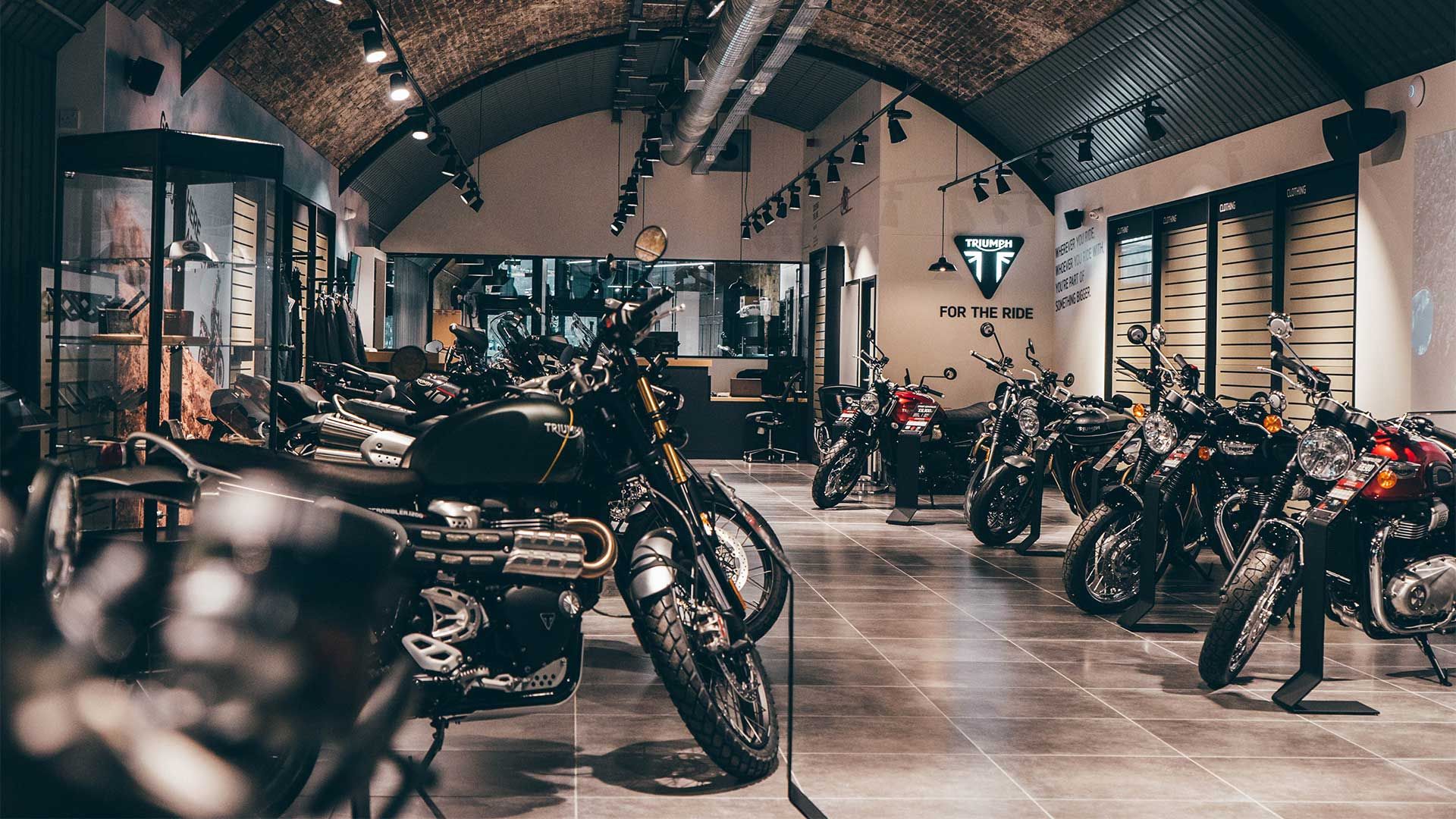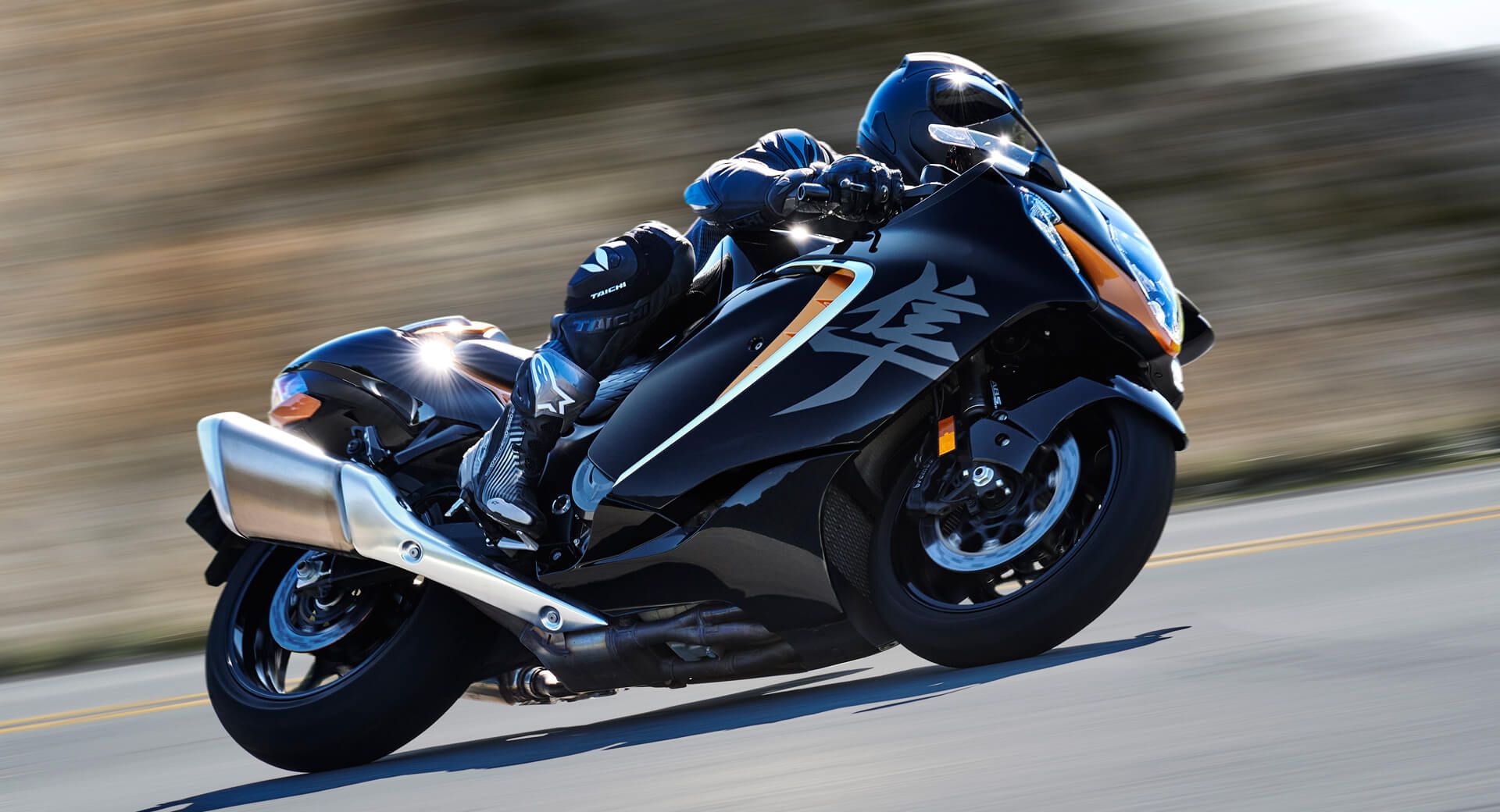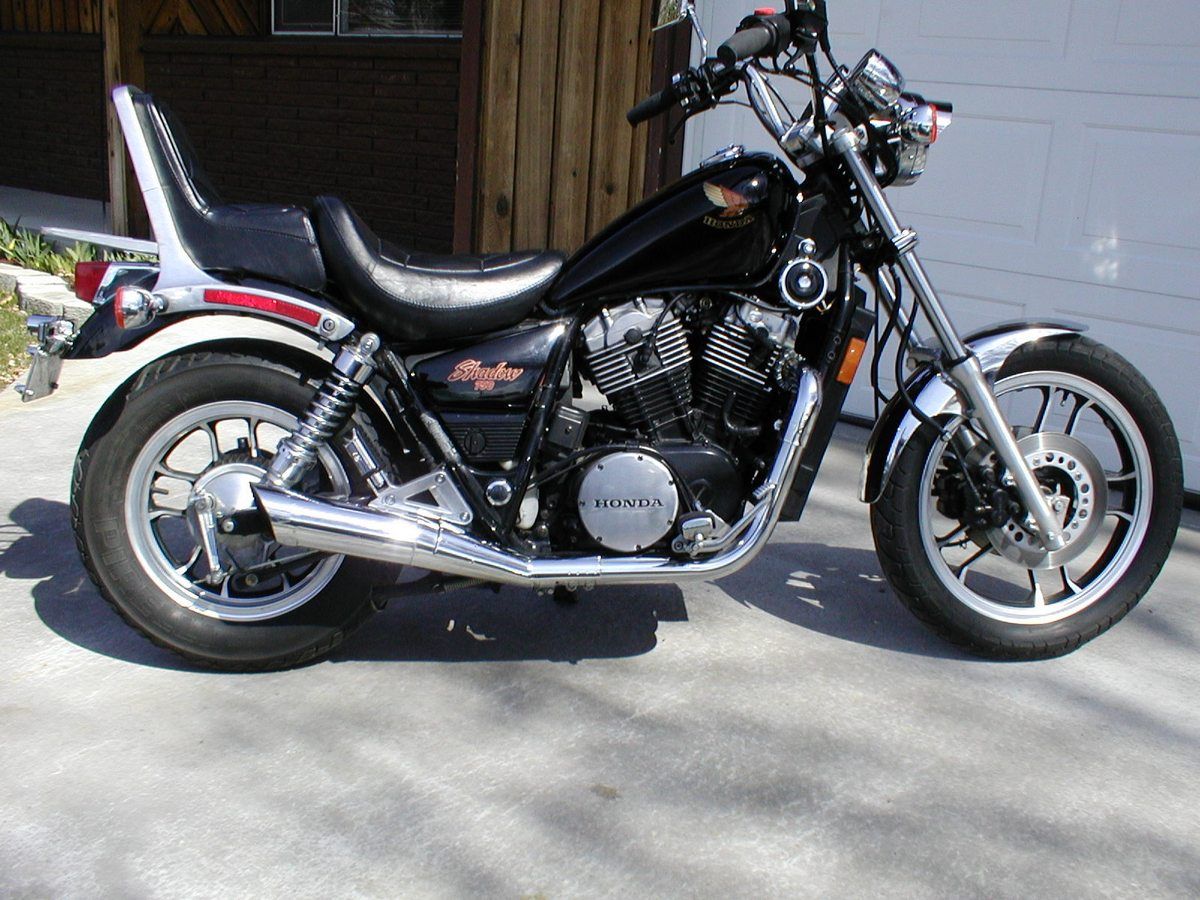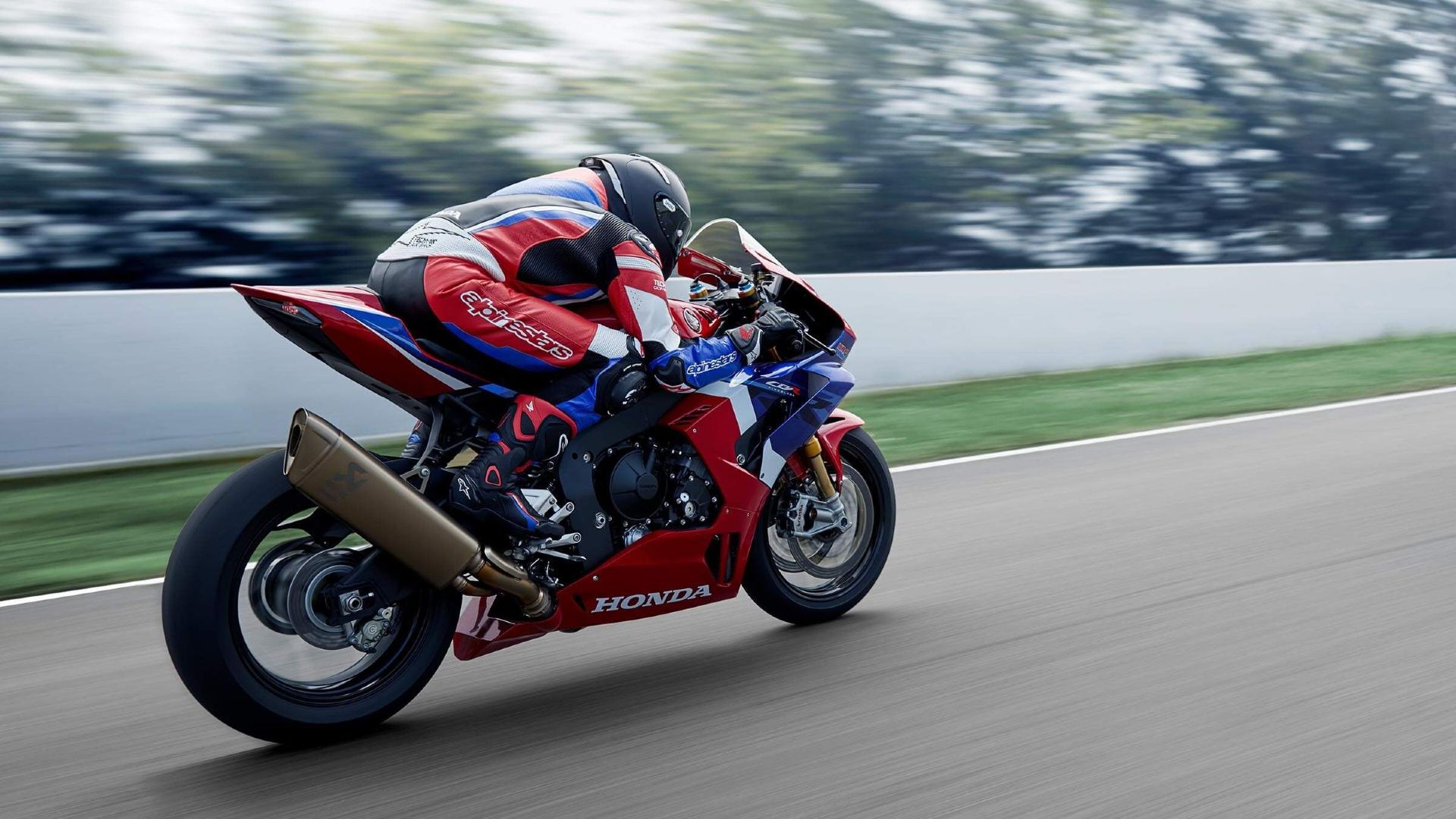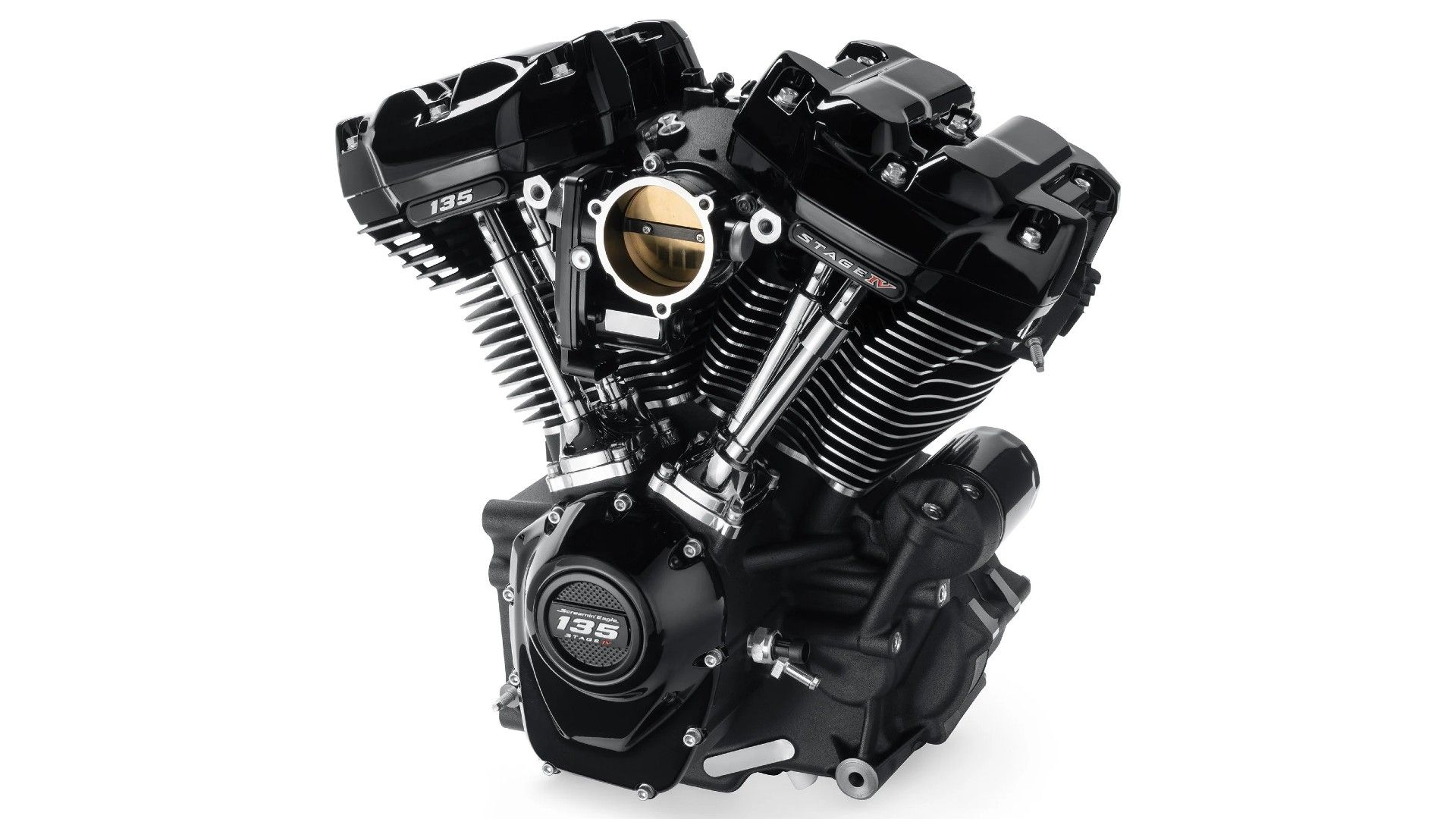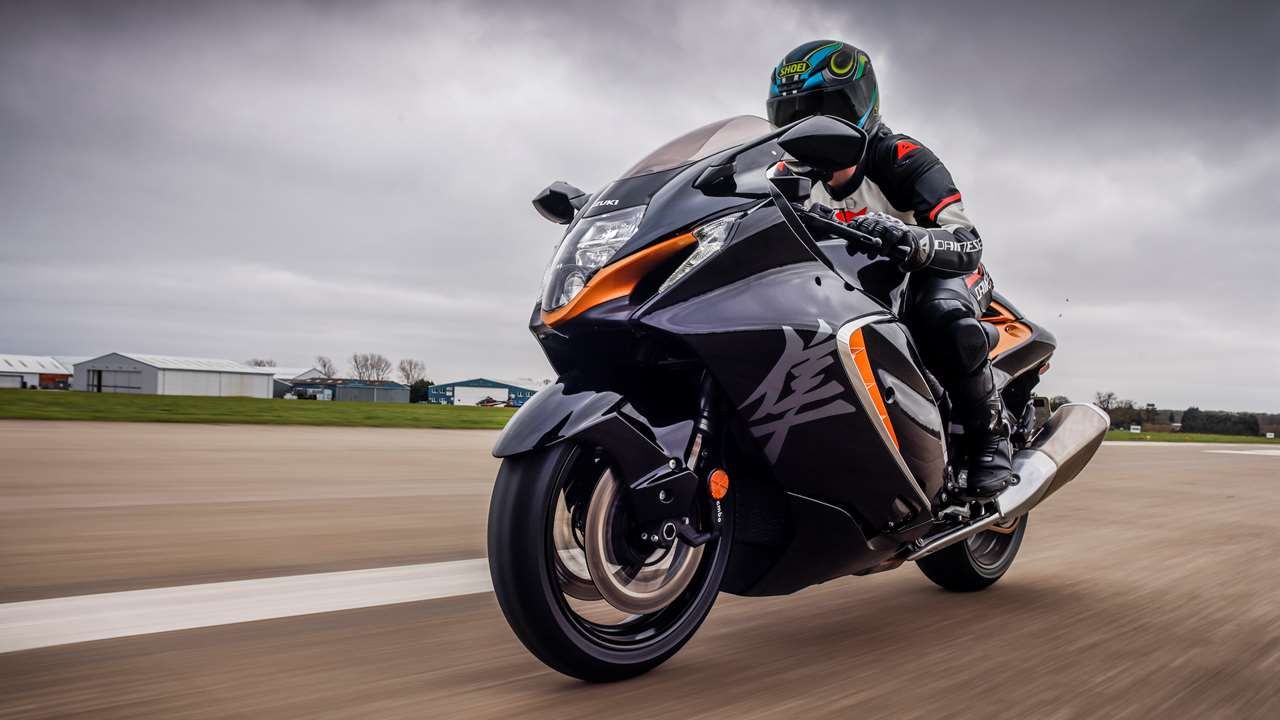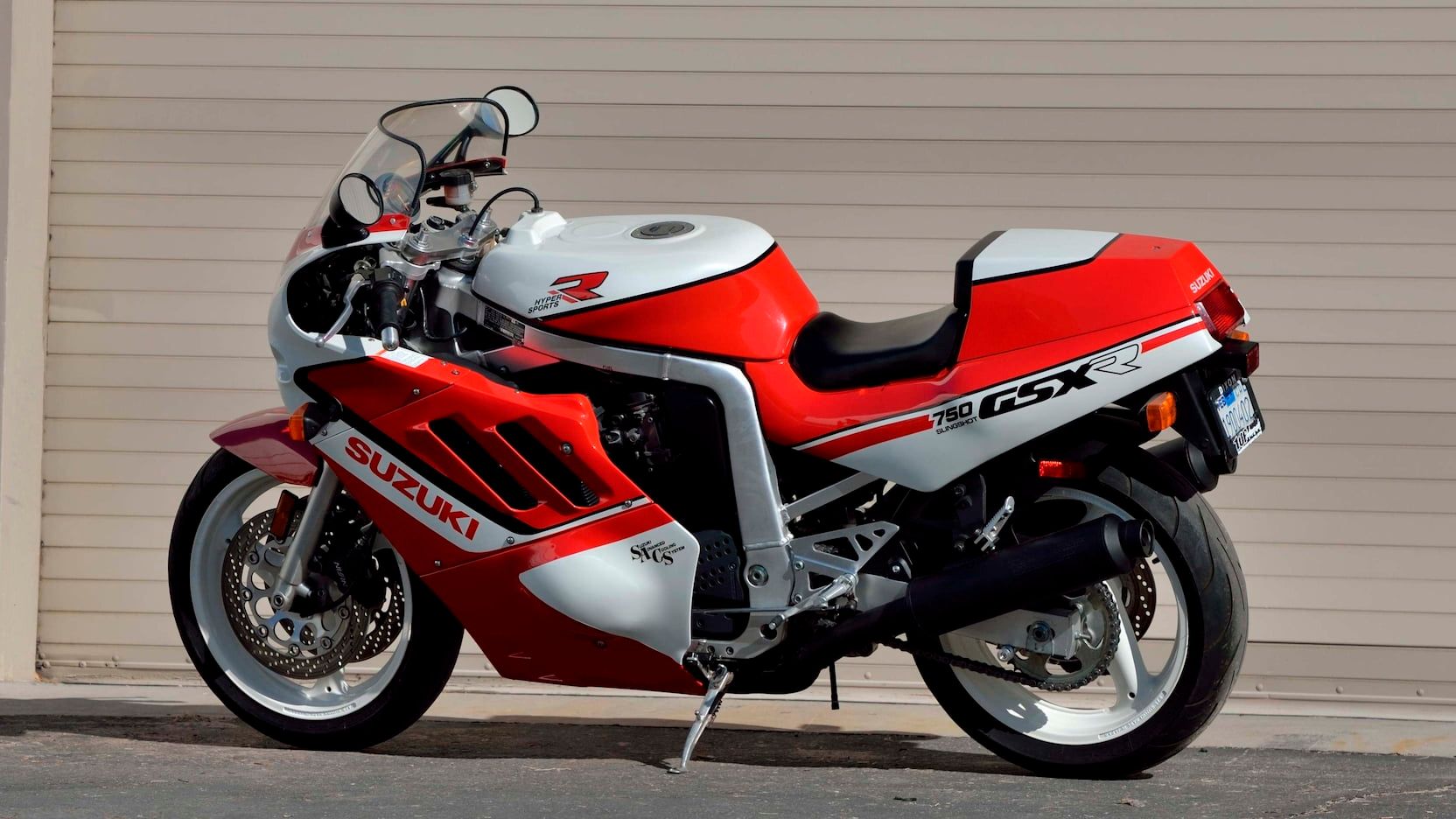Buying a used motorcycle is a great idea: you can pick up a bike that is a few years old, with low mileage, for a lot less than the new asking price. You can also buy a much older bike with high mileage for peanuts. In both cases, there are risks, but if you approach the process with a few simple golden rules in place, the chances of getting your fingers burnt are lessened. You’ve still got to be careful and not be bullied or shamed into buying something that has all the alarm bells ringing in your head but buying second- or third-hand doesn’t have to be the nightmare some people would have you think. Here are our top ten tips for buying a used bike with confidence.
10 Decide On A Model And Stick To It
It is always best to decide on the bike you want, rather than to simply say, ‘I would like to buy an adventure bike.’ If you concentrate on one particular model, you can do your research a lot easier: road tests, pros and cons, known faults, recalls, general values, and so on. Sure, do your research to decide on a particular model, but once you have decided, stick to your decision and don’t be swayed too much by something else tasty that you catch sight of.
If you do that, you might end up considering a bike you know nothing about. Take time to investigate the market for that model and get a feel for the range of prices both private sellers and dealers are asking. Don’t forget that the asking price isn’t necessarily what it sold for, so if you call a private seller to ask if the bike is still available only for them to tell you, ‘sorry, it’s been sold,’ ask them what price they accepted.
9 Ask Questions, Lots Of Questions
If you’re talking to the seller on the phone, ask lots of questions. Yes, there’s no way you can know if they’re telling the truth, but you’ll get a feel for them, and perhaps, the bike itself. Of course, they could also be completely honest and answer you truthfully, in which case you’ll get a much better idea of whether it is worth making the trip to look at the bike.
Ask if it has been crashed or written off and rebuilt? How many owners (the more there have been, the more chance of problems)? Does it have a full service history? If so, who carried out the work? Is there any finance outstanding? Has it been modified, and if so, do the original parts come with the bike? What’s the general condition? If your gut is telling something is up, walk away: there will be lots more to choose from.
8 Don't Neglect The Paperwork
If you’ve decided to go and see the bike after your preliminary inquiries, the very first thing to do is check the paperwork. This will vary depending on what country you are living in so make sure you understand the requirements for your particular country. If all the paperwork is in order - legal ownership, proof of no outstanding road tax or fines - that’s great, but be careful to double-check the chassis and engine numbers on the paperwork with those on the bike itself. If the owner gives some excuse about not having them at the moment or there is anything fishy about the paperwork itself, walk away. The bike might look perfect and be the stuff of your dreams, but it can soon turn into a nightmare if the paperwork is missing or false.
7 Look Over The Bike Carefully
First impressions last, as the saying goes, and it’s no different with buying a motorcycle. Always go and see the bike in daylight: you’d be surprised how many surface flaws can be hidden in bad light, not to mention bigger issues. Look around the bike both from a distance and close up. Both ways will show up things that the other way won’t.
If you can, ask the owner to sit on the bike and hold it upright while you look carefully from directly in front and behind the bike: this will show you if the wheels are out of line with each other. Poke, push, prod, squeeze, bounce, feel with your hands, get down on your hands and knees, do anything it takes to find a fault. Is anything missing? Bent? Scratched? Are the nut and bolt heads or screws chewed up as if they’ve been worked on with cheap tools or refused to come undone? Are any rubber parts perished? If you find anything you’re not happy with, walk away!
6 Do Any Consumables Need To Be Replaced
You might walk in expecting to have to replace things like tires, chains, sprockets, discs and pads, and if they do need replacing, the owner will probably accept a haggle on the price. Don’t forget, however, that replacing any or all of those parts can be expensive. Another factor with worn parts is, how have they worn? If it’s just through age and use, that’s one thing but if they have worn unevenly or quickly, then it is likely to be a symptom of something more serious or even of the bike having been ridden really hard, such as on a racetrack or by a ham-fisted owner. If it’s a sport bike, then it’s not unreasonable for it to have been taken to a track day, but it also means it will have led a harder life than if it had just been ridden on the street.
5 The Heart Of The Bike
While there are tests that can be done to assess the internal condition of an engine, from having a sample of oil analyzed to performing a compression test on each cylinder, these aren’t necessarily something you’ll be doing when buying from a private seller, unless they are particularly accommodating. Having said that, there are plenty of things to take notice of.
If possible, ask the owner if the engine can be cold when you visit, i.e. it hasn’t been started for at least a couple of hours, preferably longer. Listen carefully on start up but remember that many engines can rattle a little until oil pressure and temperature are both up. If the rattling persists when the engine is hot, walk away! Does the electric fan kick in when the water reaches the specified temperature? Check around the engine for signs of coolant or oil leaks, which might be a sign of future problems. Are all the hoses in good order? Is the exhaust system in good condition and is there any sign of smoke from the muffler?
4 Check Chassis And Head Bearings
The front forks and the swing arm run in bearings and both need to be free of any play. Apply the front brake and rock the bike back and forward: if you can feel or hear any knocking, the head bearings are loose. They might just need adjusting, but they might also need replacing which isn’t a cheap job if you need a mechanic to do it for you. While you’re at the front, check the fork seals for any signs of leaking oil: another tricky and potentially expensive job.
Crouching at the side of the bike, grab the back wheel at its rearmost point and push and pull it towards you and away from you, while holding the seat to steady the bike. If there is any play, the bearings will again need to be replaced. Check the whole chassis frame for cracks and signs it has been straightened, which means the bike has been in a crash and there could be more hidden issues.
3 Electrical Issues Are Often Hidden
Unless you are an auto electrician or know someone who is, electrical faults can be a nightmare. In fact, even if you know what you’re doing, they can still be a nightmare! Check absolutely everything, from the lights, to the clocks and idiot lights on the dashboard, to the kick stand cutout switch, horn, indicators, switchgear, everything. If there’s an alarm fitted, check (if you can) how it’s been wired into the main wiring loom. If it is armed with an ignition key that doubles as a security key, such as Honda’s H.I.S.S., ask if a spare key comes with the bike as replacing a lost original can cost a fortune. It’s difficult to advise you to walk away if, for example, a brake light doesn’t work or one of the indicators, as it could be a simple case of a blown bulb, but then again, if it was that simple, why didn’t the owner replace it, and what else have they not maintained?
2 Test Ride It If You Can
If the owner offers you a test ride, seize it with both hands. However, make sure you are insured, and if the owner asks for some form of security, such as your car keys or leaving a deposit, don’t do it if you have met in a car park somewhere: they might very well not be there when you return! Of course, if he has all the paperwork, then it’s unlikely the bike has been stolen, but as a general rule of thumb, try and meet at their house. On the test ride, don’t be disrespectful and ride like a hooligan: you’re here to assess the bike, not your riding skills. Go up and down through the transmission a few times, test the brakes and steering. If you’re new to riding, maybe ask a friend who is more experienced to ride it for you.
1 Be Prepared To Haggle
The chances are there are dozens of the particular model you are looking at on sale so try not to rush in and buy the first one you see and certainly do not allow yourself to be pressured into buying any bike, no matter how good it is. The more bikes you look at, the more you’ll get an idea of what’s out there, so you’ll arm yourself with as much information as possible before you take the plunge. If you’re 100% certain you want the bike, then that is the time to start haggling over the price.
Don’t try it if you’re just going to walk away anyway. Try and build up a bit of rapport with the owner: if they think you’re an idiot, they'll be much less inclined to knock a bit off the price. If you’ve done your research, you’ll know what the average asking price for that particular model is and that gives you a much stronger starting point from which to haggle. If you think it’s worth less than the asking price, be prepared to give reasons why you think that, but be reasonable. If you can’t reach an agreement with the owner, leave your number, part on good terms, and maybe he’ll call you back once he’s thought about your offer or realizes he’s not going to get a better one.

